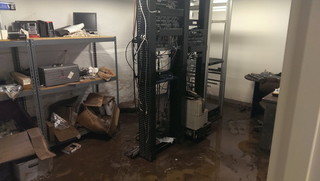
The news media sensationalizes workplace violence episodes like the Fort Hood shooting, the shooting of a Virginia news crew during a live broadcast, the shooting at Chattanooga military facilities, or the Washington Navy Yard shooting. These are tragic and alarming episodes, yes. The truth is, however, that the majority of workplace violence employers and managers have to deal with on a daily basis runs more along the lines of domestic violence, harassment, emotional abuse, and threats - not armed gunmen.
Workplace violence causes ripple effects in terms of costs to the American economy. The Department of Justice estimates that workplace violence costs the American workforce over $30 billion annually; the FBI further explains this loss to include lost work time, lost wages, reduced productivity, medical costs, workers’ compensation payments, legal expenses, and security expenses. Beyond these tangible costs, workplace violence also creates anxiety, fear, and a climate of distrust in the workplace.
It is well documented that individuals rarely snap and engage in workplace violence without first exhibiting behaviors of concern. Knowing and reporting these behaviors of concern is just as important as understanding the problem situations and risk factors that often precede behaviors of concern. Such behaviors of concern could include depression, threats, menacing behavior, erratic behavior, aggressive outburst, offensive conversation, jokes referring to violence, increasing tardiness, increasing absenteeism, worsening relationships with coworkers, decreased productivity, homicidal comments, increasing belligerence, hypersensitivity to criticism, and verbal abuse. Of course any of these behaviors alone is not necessarily more suggestive of potential workplace violence, but many of these behaviors taken together should raise warning flags.
Continue to follow this blog as we look at how an Emergency Action Plan can help you address workplace violence.





 RSS Feed
RSS Feed
